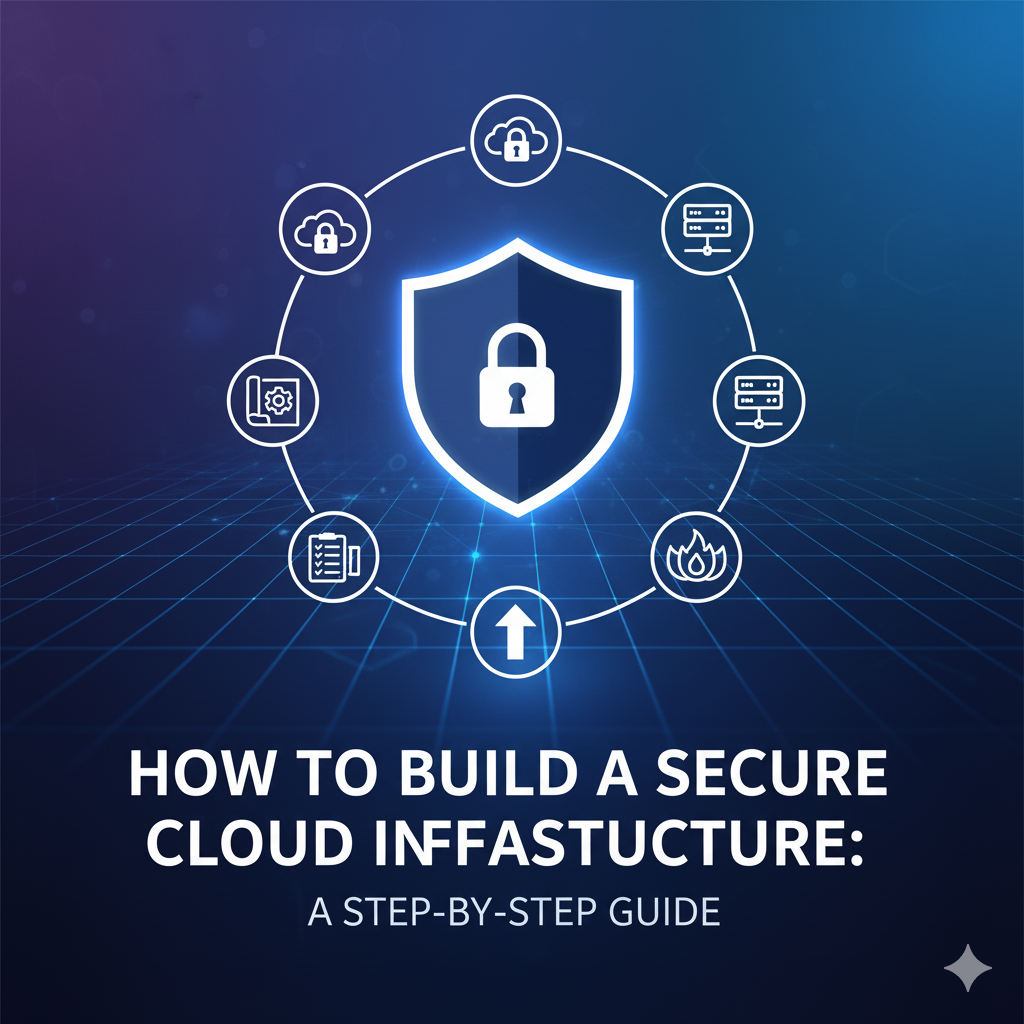How to Build a Secure Cloud Infrastructure: A Step-by-Step Guide
In today's digital-first world, securing your cloud infrastructure is a critical priority. As businesses move to the cloud, ensuring your data, applications, and resources are safeguarded against cyber threats is vital. This guide will walk you through the essential steps to build a secure cloud infrastructure.
Why is Cloud Security Important?
The cloud offers flexibility, scalability, and cost savings, but it also comes with risks. Data breaches, unauthorized access, and compliance violations are just a few of the threats. A robust cloud security strategy helps protect your business from these vulnerabilities.
Step 1: Choose a Secure Cloud Service Provider
The foundation of your cloud security starts with selecting a reliable cloud service provider (CSP). Consider providers like AWS, Microsoft Azure, or Google Cloud, which offer extensive security features.
- Evaluate the provider’s security certifications (e.g., ISO 27001).
- Check compliance with regulations like GDPR, HIPAA, and SOC 2.
- Review their data encryption and disaster recovery policies.
Step 2: Implement Identity and Access Management (IAM)
Controlling access to your cloud resources is crucial. Identity and Access Management (IAM) ensures that only authorized users can access sensitive data.
- Set up multi-factor authentication (MFA) for all users.
- Use role-based access control (RBAC) to limit permissions.
- Regularly audit user accounts and permissions.
Step 3: Encrypt Your Data
Data encryption adds a layer of protection to your data, both at rest and in transit. Ensure your CSP provides encryption capabilities.
Tip: Use end-to-end encryption for maximum protection.
- Enable encryption for all databases and storage buckets.
- Utilize Transport Layer Security (TLS) for data in transit.
- Secure encryption keys using a key management service (KMS).
Step 4: Monitor and Log Activity
Continuous monitoring and logging are essential for detecting suspicious activities and responding to incidents quickly.
- Enable logging for all cloud services (e.g., AWS CloudTrail).
- Set up alerts for unusual activity, such as failed login attempts.
- Regularly review logs and correlate them with security events.
Step 5: Implement Network Security Measures
Strong network security ensures that your cloud infrastructure is protected from external threats.
- Use Virtual Private Networks (VPNs) for secure connections.
- Set up firewalls and intrusion detection/prevention systems.
- Isolate sensitive workloads using virtual private clouds (VPCs).
Step 6: Regularly Update and Patch
Outdated software and systems are a common entry point for attackers. Keep your cloud infrastructure up-to-date.
- Apply patches and updates as soon as they are released.
- Automate updates to reduce manual effort.
- Test patches in a staging environment before deployment.
Step 7: Conduct Regular Security Assessments
Regular security assessments help identify vulnerabilities and ensure your cloud infrastructure remains secure.
- Perform penetration testing to simulate attacks.
- Conduct vulnerability scans using automated tools.
- Review your security policies and update them as needed.
Frequently Asked Questions (FAQ)
What are the biggest cloud security risks?
Some of the biggest risks include data breaches, misconfigurations, insider threats, and insecure APIs.
How can I ensure compliance in the cloud?
Work with a CSP that complies with relevant regulations and implement policies to meet industry standards.
Is it necessary to use multi-factor authentication?
Yes, MFA significantly reduces the risk of unauthorized access, making it a critical security measure.
Conclusion
Building a secure cloud infrastructure requires careful planning, the right tools, and a proactive approach to security. By following these steps, you can protect your data and ensure your cloud environment remains resilient against evolving threats.



